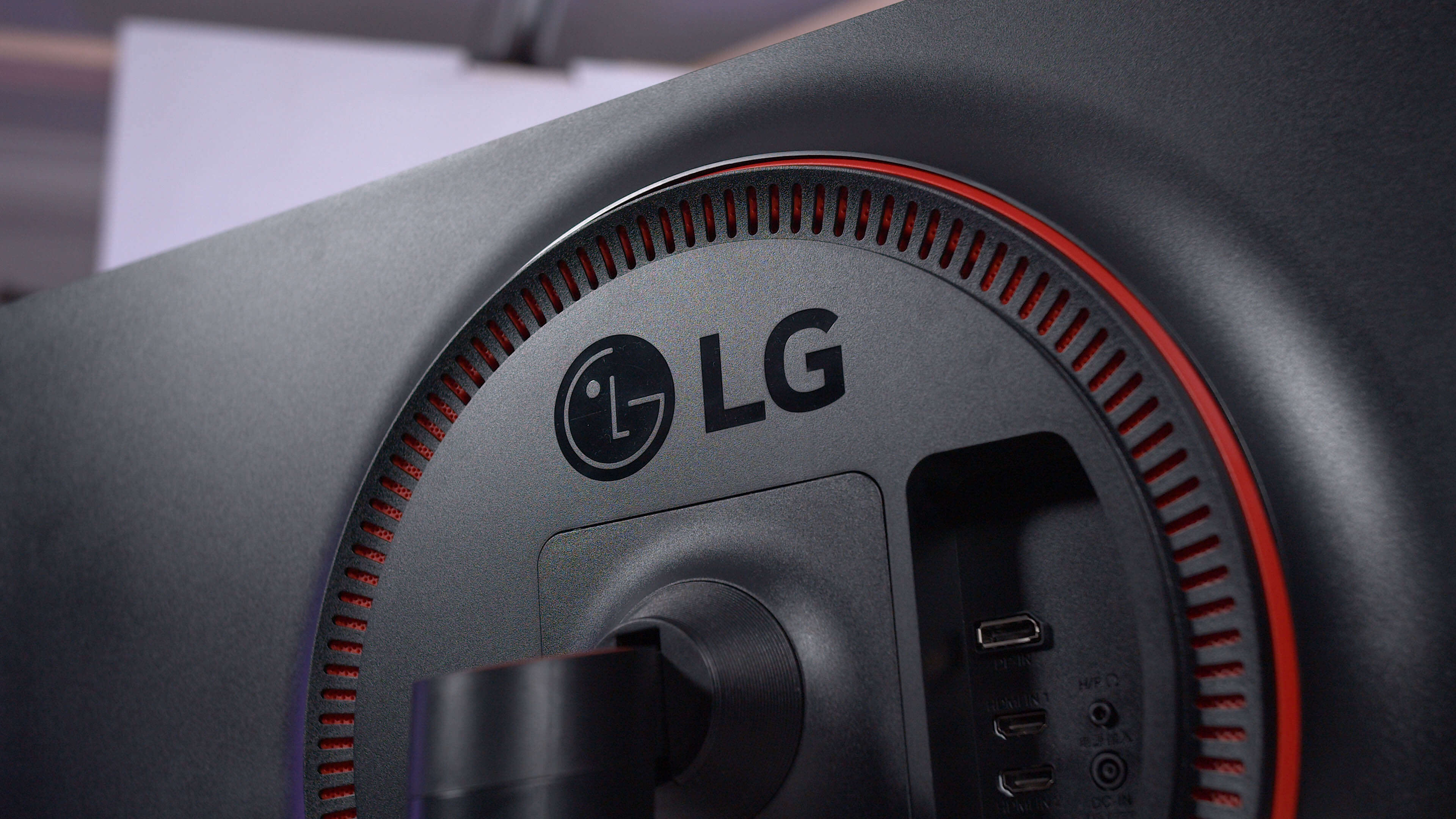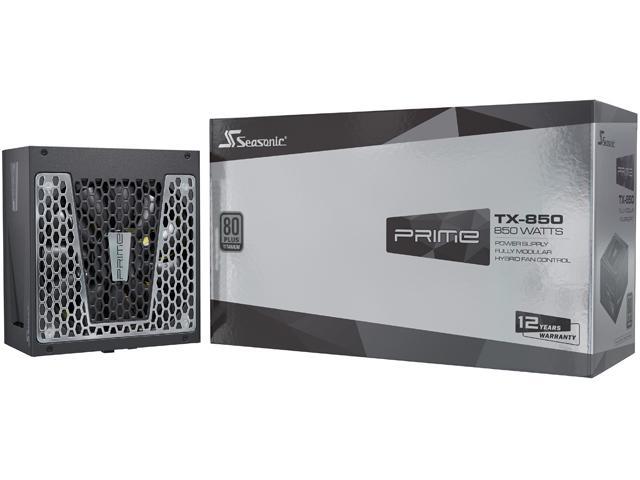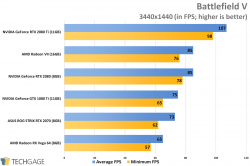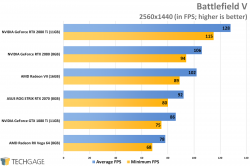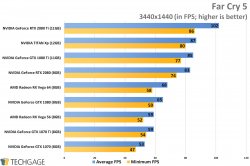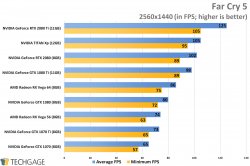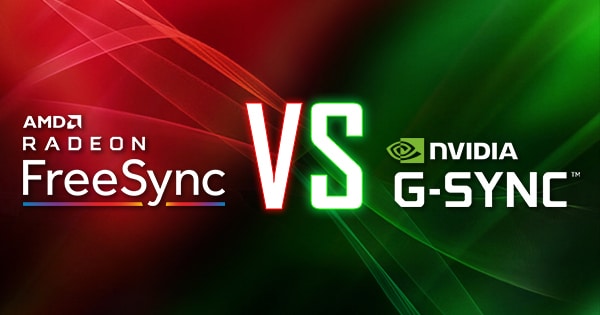I am also not a fan of ultra-wides ... The big deal with the recommended monitors is that they do120 hz w/ ULMB... 144 Hz will only do 100 Hz under ULMB ... I think 120 hz is limited to 85Hz, but it's been too long since I looked at one to remember.
As to viewing angles ... there is only a small area of the screen which is not viewed at at angle. Not really an issue for gaming but if doing graphics, linework CAD etc, the effect is easily observed .... draw a series if vertical and horizontal lines across the screen and you will see them appear to have different thicknesses.
Freesync and G-Sync do pretty much the same thing ... that is between say 40 and 70 fps ..... but the are far from the same thing. G-Sync has been reported as effective down to 30 fps, but I have not had the experience of observing game play at that level. The effect diminishes in impact above that. And there's one H U G E difference between G-Sync and Freesync. With G-Sync you can switch to ULMB ... Freesync monitors will cost less because they do not come equipped with the hardware module that makes this possible. Now there are Freesync monitors with MBR technology added by the monitor supplier but results vary.
The question is do the both do it as well and the answer there is no. That's because AMD uses a inexpensive scaler, where as G-Sync uses the proprietary hardware module. The scaler provides connectivity options like HDMI and can use features like PiP. On the other side, the G-sync module, in addition to the the MBR technology, reduces input lag, delivers higher refresh rates with the same panel and the overdrive usage for gaming provides consistent results, where's Freesync has had issues here.
There are other differences between the two ... the main issue in performance is that G-Sync's hardware module does not employ a scaler. As such it avoids the imput lag issue that is associated with Freesync style scaler. The module also permits a significant boost in refresh rate ... 60 Hz ultrawide panels become 100Hz panels witha G-Sync module ... 144 Hz panels become 165 Hz panels with a G-Sync module.
A detailed look at variable refresh rates (VRR) including NVIDIA G-sync, AMD FreeSync and all the various versions and certifications that exist

www.tftcentral.co.uk
TFT also writes ...
"screens featuring the hardware G-sync module, the response times of the panels and the overdrive that is used seems to be generally very reliable and consistent, producing strong performance at both low and high refresh rates. This seems to be more consistent than what we have seen from FreeSync screens so far where often the overdrive impulse is impacted negatively by changes to the screens refresh rate. "
"It should be noted that the real benefits of G-sync really come into play when viewing lower frame rate content, around 45 - 60fps typically delivers the best results compared with Vsync on/off. At consistently higher frame rates as you get nearer to 144 fps the benefits of G-sync are not as great, but still apparent. There will be a gradual transition period for each user where the benefits of using G-sync decrease, and it may instead be better to use the ULMB feature if it's been included, which is not available when using G-sync. Higher end gaming machines might be able to push out higher frame rates more consistently and so you might find less benefit in using G-sync. The ULMB could then help in another very important area, helping to reduce the perceived motion blur caused by LCD displays. It's nice to have both G-sync and ULMB available to choose from certainly on these G-sync enabled displays. "
"As there is no hardware G-sync module added to the screen, a normal scaler chip is used and this can in some cases result in additional input lag. You will still find plenty of FreeSync screens with low lag, but you will need to check third party tests such as our reviews to be sure. It's not as simple as with G-sync screens where the presence of that hardware module basically guarantees there will be no real input lag. "
"We have seen quite a lot of variable performance when it comes to pixel response times from FreeSync screens, and they do seem to be a lot more hit and miss than G-sync equivalents. On G-sync screens you commonly get response times that remain strong and consistent across all refresh rates. Sometimes the response times will be controlled more dynamically, increasing the overdrive impulse as the refresh rate goes up. On FreeSync screens we have seen many where the overdrive impulse seems to be controlled in the opposite way oddly, where it is turned down when the refresh rate goes up. This can help eliminate overshoot problems but can often lead to slower response times at the higher refresh rates where you really need them to be faster! You will again have to rely on third party testing like that in our reviews, but it's something we've seen from quite a few FreeSync screens."
The answer as to why get a G-Sync monitor over a G-Sync compatible Freesync monitor for less money ... despite what yoiu've been told, or what the word "compatible ... you are by no means getting "the same thing".



 thanks
thanks